Choosing between Venice and Puglia can feel like trying to pick a favorite child. These two Italian gems offer such different experiences that knowing where to begin is hard! Venice dazzles with its romantic canals and iconic landmarks, while Puglia charms with rustic beauty and sun-drenched beaches. Both destinations showcase Italy’s rich history and culture in vastly different ways.
Venice floats like a dream on its famous lagoon, a masterpiece of medieval engineering. Its maze-like streets and grand palaces transport visitors to another time.
Conversely, Puglia is Italy’s sun-soaked heel – a land of olive groves, whitewashed towns, and crystal-clear waters. Here, life moves at a slower pace, and traditions run deep.
Venice offers unmatched art and architecture, but crowds can be overwhelming. Puglia promises a laid-back vibe and fantastic food, but getting around takes more effort. Let’s explore what makes each place special and help you decide which fits your Italian dream best.
Key Takeaways
- Venice and Puglia offer contrasting Italian experiences – one urban and historical, the other rural and relaxed.
- Transportation options and ease of travel differ greatly between the two destinations.
- Each region boasts unique culinary traditions and cultural attractions worth exploring.
Geographical Overview
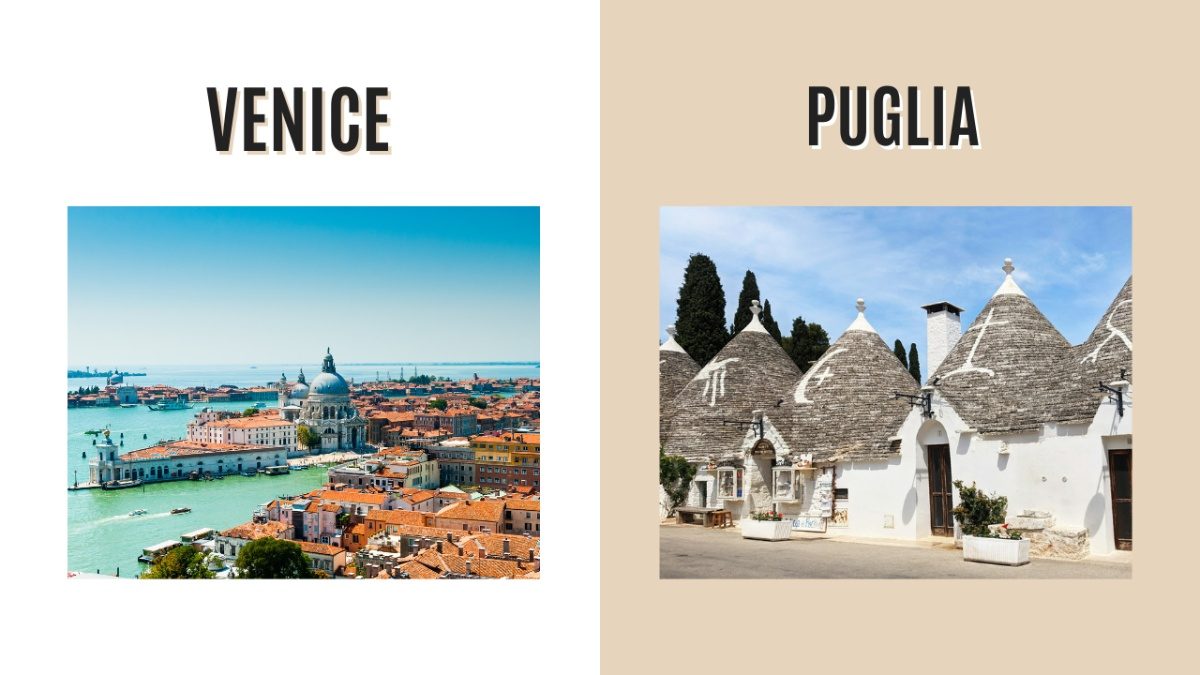
Venice and Puglia offer starkly different landscapes that shape their unique characters. These regions showcase Italy’s diverse geography, from winding canals to rolling hills.
Venice’s Canals and Islands

Venice is a city built on water, with over 100 small islands connected by bridges and canals. The Grand Canal snakes through the heart of Venice, lined with stunning palaces and churches. Smaller canals create a maze-like network perfect for exploring by gondola or water taxi.
The city’s main islands include San Marco, home to St. Mark’s Square, and Murano, famous for glassmaking. Lido di Venezia offers beaches and a more relaxed vibe. Venice’s lagoon stretches 550 square kilometers and is dotted with tiny islands like colorful Burano.
Due to its watery foundation, Venice faces unique challenges. High tides called “acqua alta” frequently flood parts of the city, especially in winter. Climate change and sinking land threaten Venice’s future, making visits even more special.
Puglia’s Landscape and Coastline

Puglia forms the “heel” of Italy’s boot, with over 800 kilometers of coastline along two seas. The Adriatic Sea borders the east, while the Ionian Sea laps the southern shores. This gives Puglia some of Italy’s best beaches, from sandy stretches to hidden coves between limestone cliffs.
Inland, Puglia’s landscape is dominated by olive groves and vineyards. Ancient olive trees, some over 1000 years old, dot the countryside. The Itria Valley is famous for its cone-shaped trulli houses and rolling hills.
The Gargano peninsula in northern Puglia offers forested mountains and dramatic seaside cliffs. To the south, the Salento area boasts flat plains and crystal-clear waters. Puglia’s towns often perch on hilltops or hug the coast, each with charm and character.
Historical Significance

Venice and Puglia boast rich historical legacies that have shaped their unique identities. These regions offer visitors a chance to step back in time and experience centuries of cultural evolution firsthand.
Venice’s Rich History
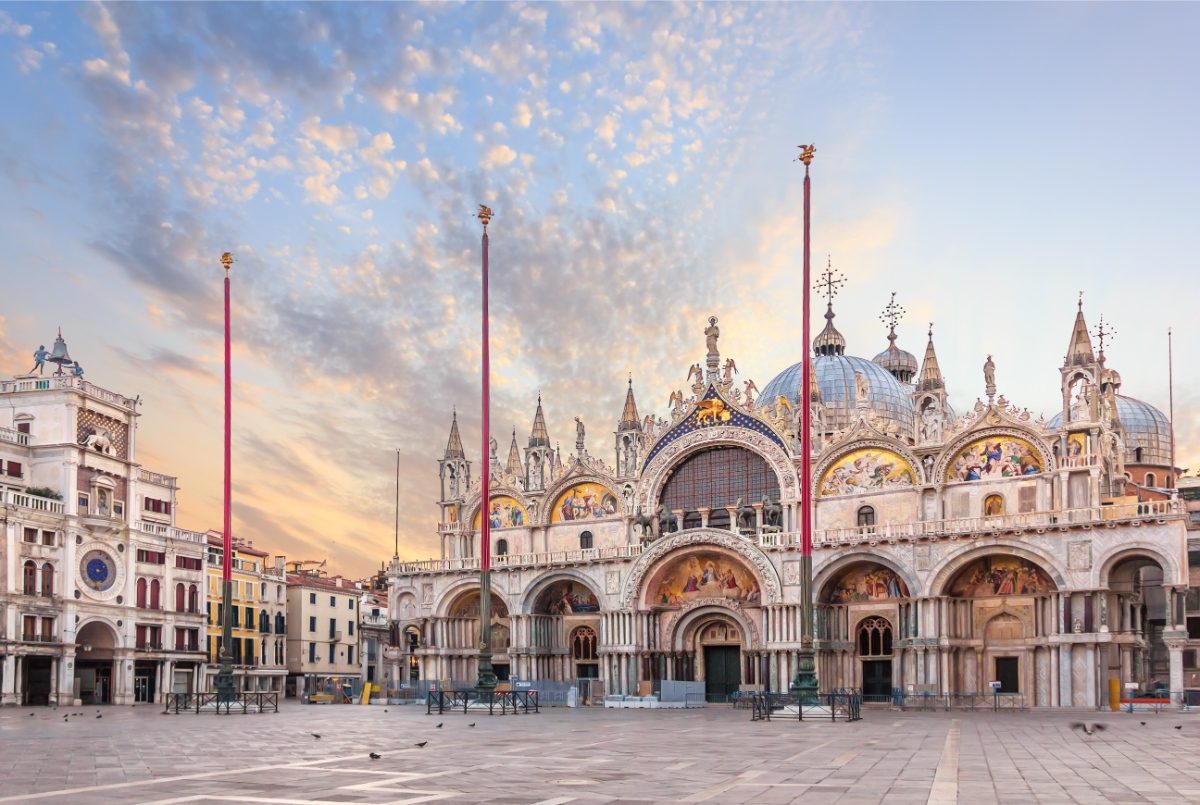
Venice’s history is a tale of maritime power and artistic splendor. The city’s stunning historic center, a UNESCO World Heritage Site, showcases its former glory as a major naval power.
Visitors can explore grand palaces like the Doge’s Palace, once home to Venice’s rulers. The city’s famous canals and bridges, including the iconic Rialto Bridge, tell the story of ingenious urban planning.
St. Mark’s Basilica, with its Byzantine domes, is a testament to Venice’s ties to the East. The city’s numerous churches and museums house priceless artworks by masters like Titian and Tintoretto. Venice’s carnival tradition, dating back to the 13th century, still thrives today, drawing tourists from around the world.
Puglia’s Cultural Heritage
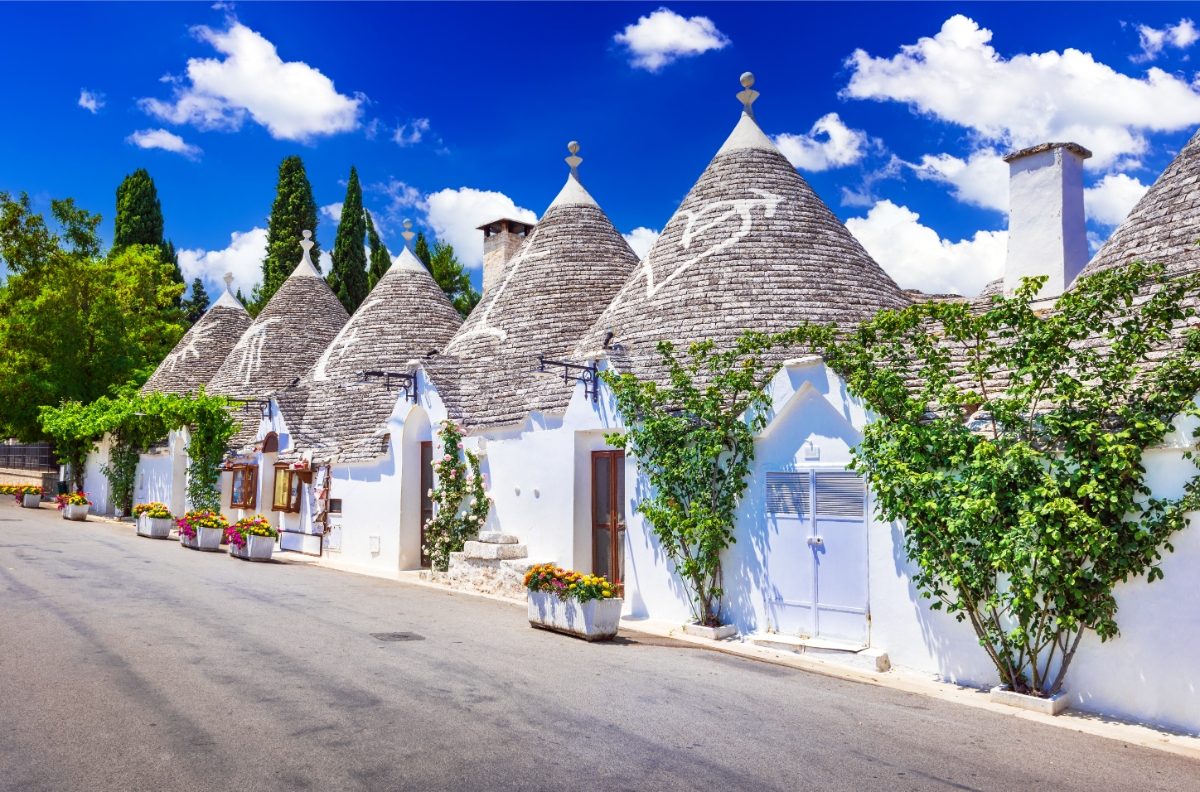
Puglia’s history is a tapestry woven from diverse influences. The region’s strategic location made it a crossroads of cultures. Alberobello, a UNESCO World Heritage Site, is famous for its trulli houses – unique cone-roofed structures that date back to the 14th century.
Puglia’s baroque architecture shines in cities like Lecce, known as the “Florence of the South.” Like the Basilica di Santa Croce, the region’s churches showcase intricate stone carvings. Puglia’s castles, such as Castel del Monte, reflect its feudal past and strategic importance.
The region’s culinary heritage is deeply rooted in history, with traditional dishes like orecchiette pasta still popular today. Puglia’s olive groves, some with trees over a thousand years old, speak to its long-standing agricultural traditions.
See Related: Two Weeks in Italy Itinerary: The Perfect Family Adventure
Travel and Transportation
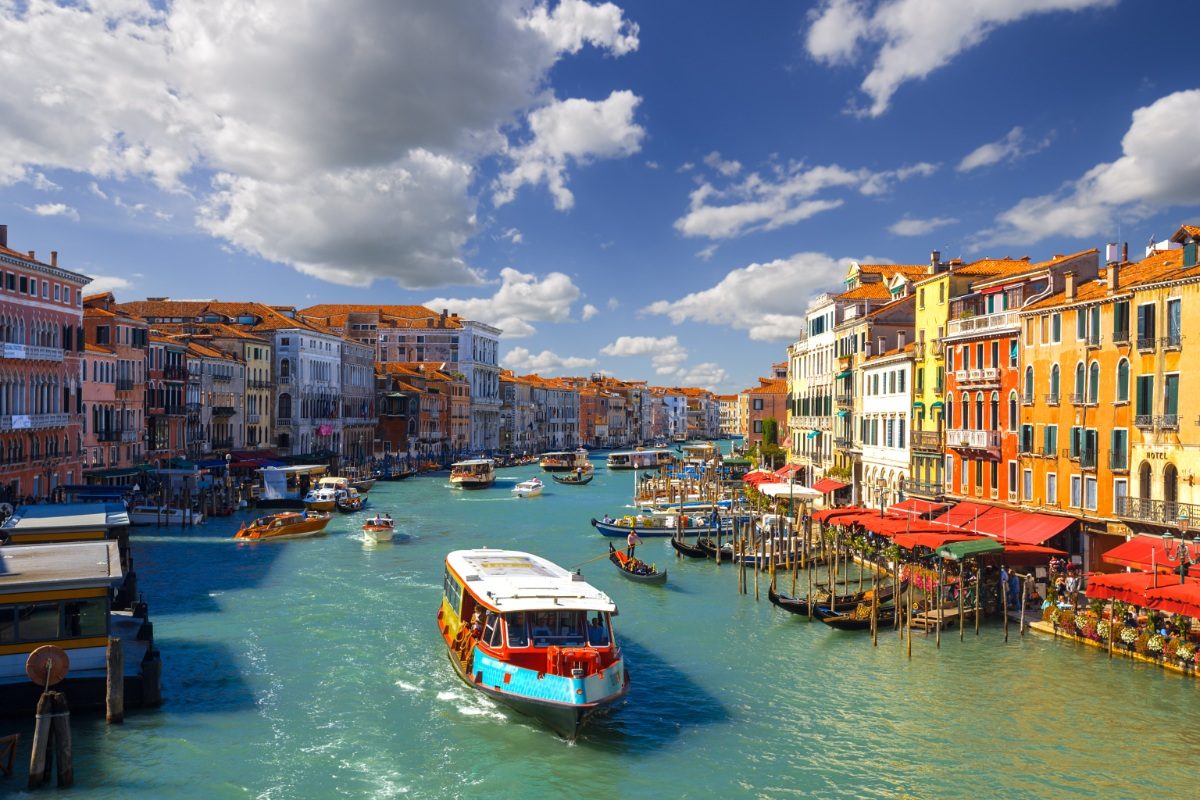
Getting around Venice and Puglia offers distinct experiences. Venice relies on boats and walking, while Puglia favors cars and trains for exploring its diverse landscapes.
Navigating through Venice
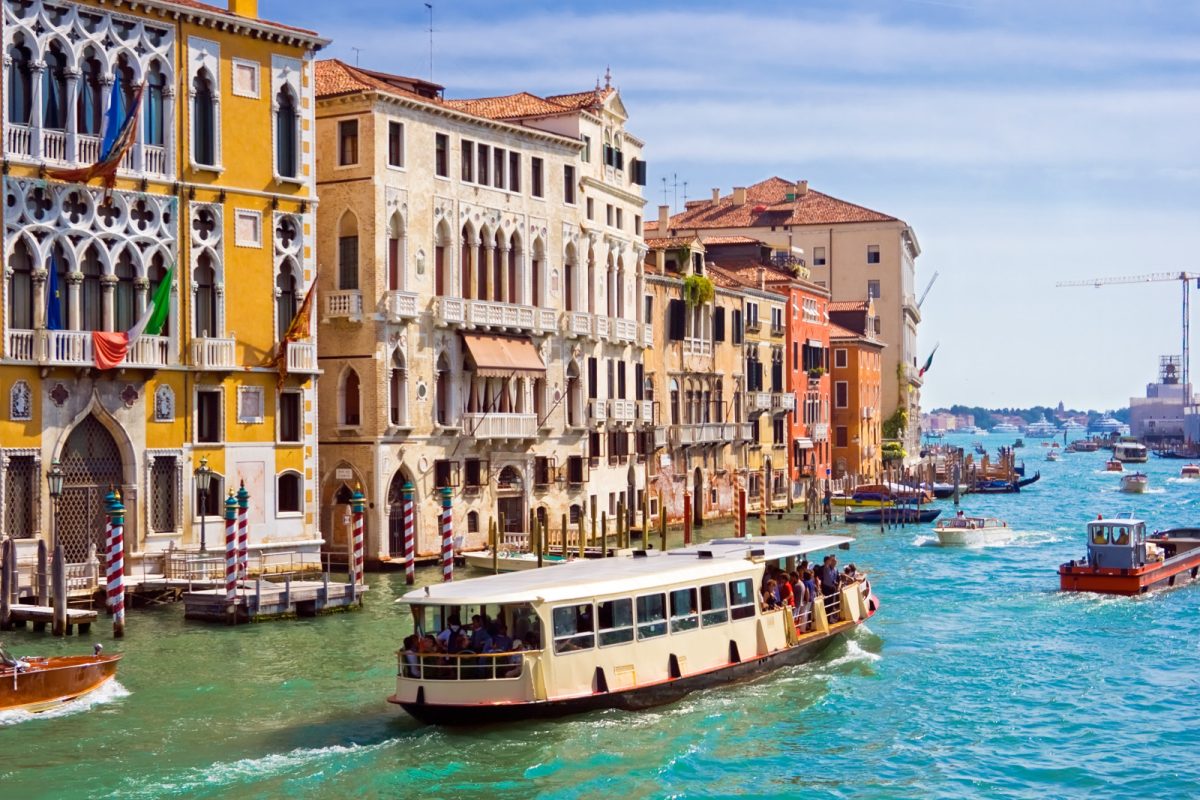
Venice’s unique layout means no cars. Water buses called vaporetti are the main public transport.
A single ride costs €7.50, but multi-day passes save money. Water taxis are pricey but faster.
Walking is the best way to explore Venice’s narrow streets and bridges. Comfy shoes are a must, as the city is compact, so it’s easy to get around on foot.
Venice Marco Polo Airport connects to the city by water bus or taxi. The bus takes about 40 minutes and costs €8. Water taxis are quicker but can run over €100.
Exploring Puglia by Transport
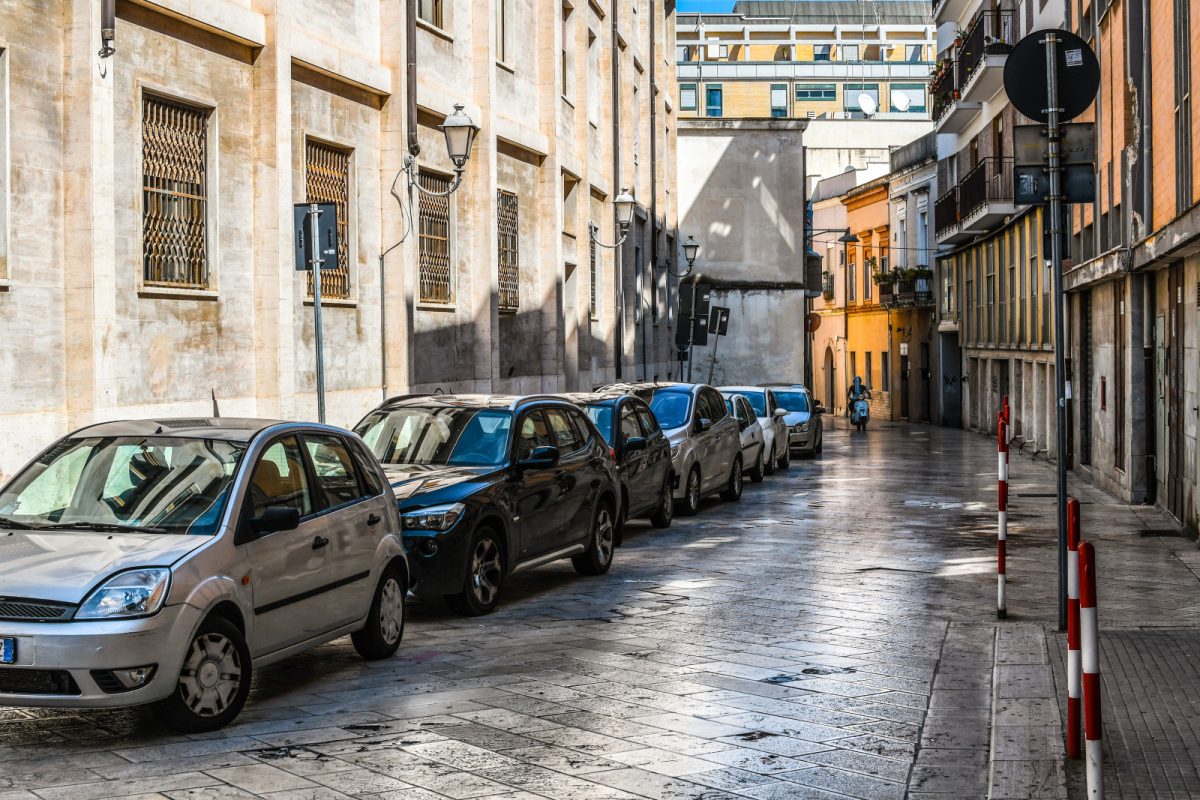
Puglia is best explored by car. Rental agencies are at Bari Airport. Driving lets you visit charming towns and hidden beaches at your own pace.
Trains connect major cities like Bari, Lecce, and Brindisi. Trenitalia offers frequent services. A Bari to Lecce ticket costs about €10-15 and takes 1.5 hours.
Buses fill gaps between smaller towns, but schedules can be limited. In summer, some coastal areas run shuttle services to popular beaches.
Bari Airport is the main gateway. From there, you can rent a car or train to other parts of Puglia. The airport is well-connected to Rome, Florence, and Venice by air.
Culture and Lifestyle
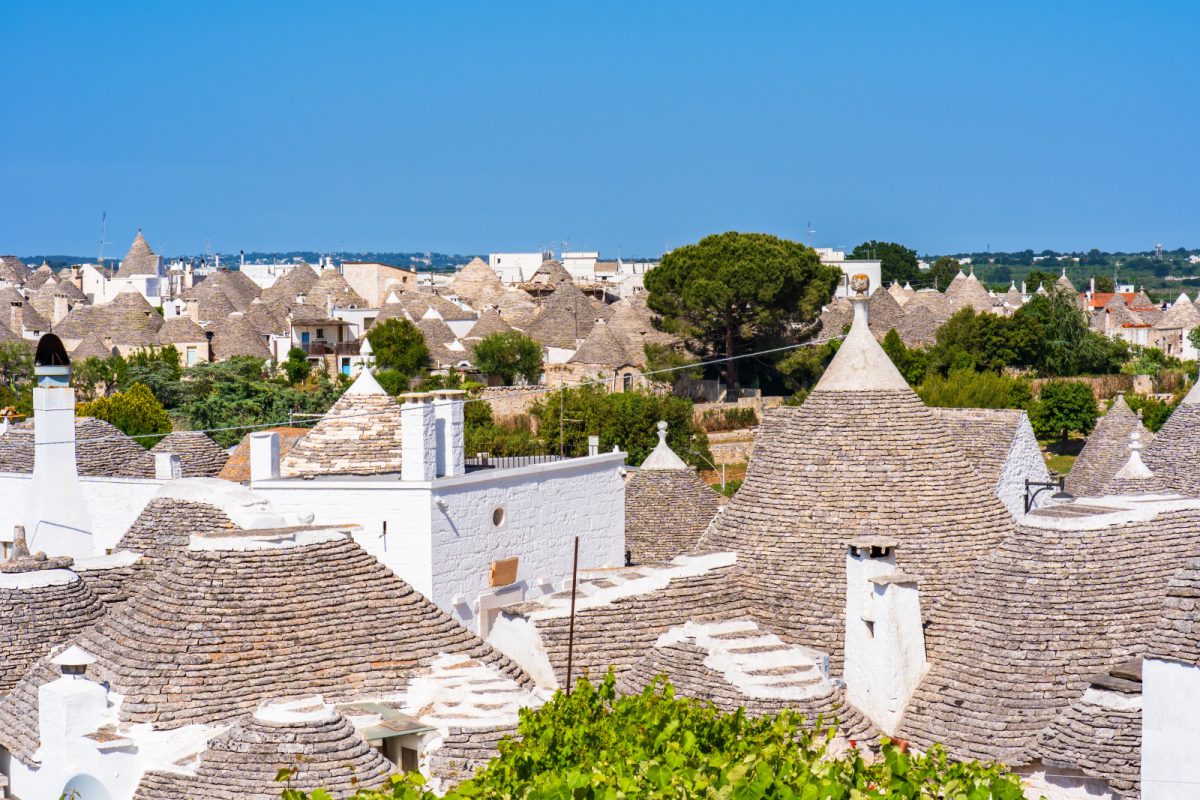
Venice and Puglia offer distinct cultural experiences and ways of life that reflect their unique histories and traditions. These regions showcase Italy’s diverse cultural landscape, from bustling canals to rustic farmhouses.
Venice’s Cultural Tapestry
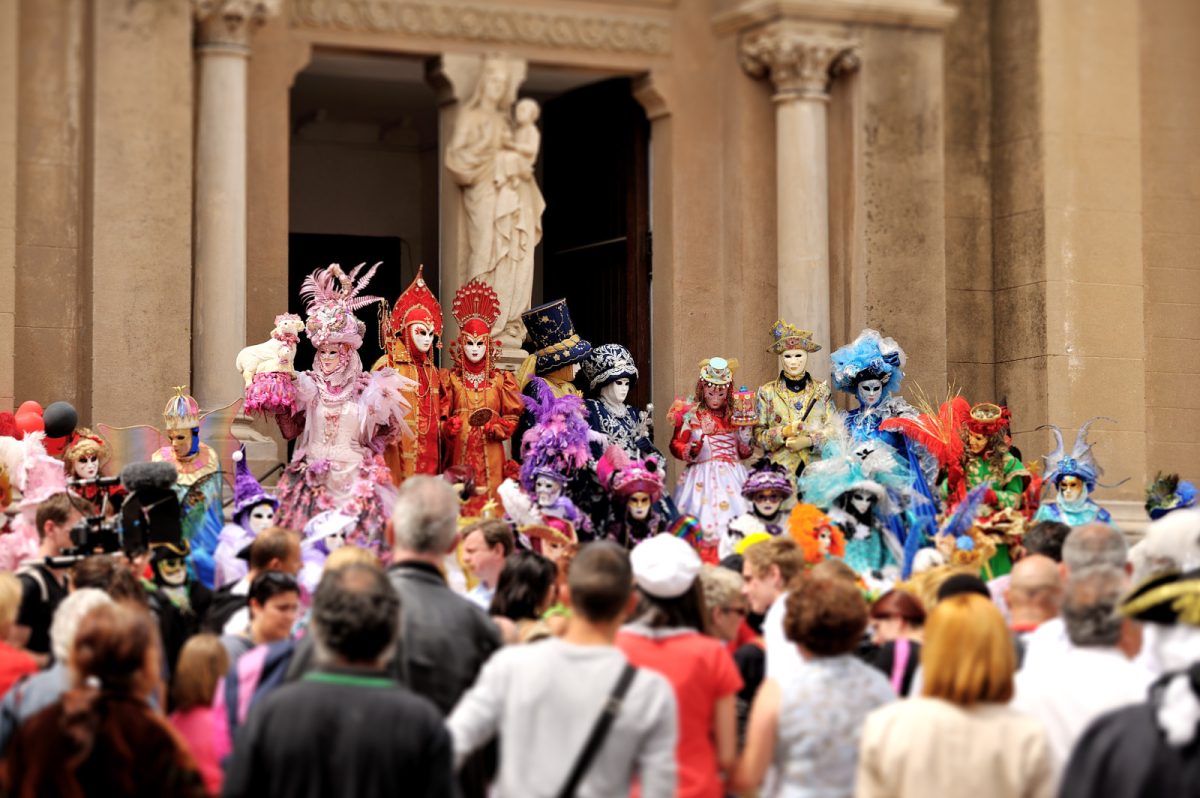
Venice’s culture is woven into its very fabric. Gondolas glide through narrow canals while masked revelers fill the streets during Carnival. The city’s art scene is legendary, with masterpieces by Titian and Tintoretto adorning churches and museums.
Visitors can sip espresso in St. Mark’s Square while watching the world go by. They might wander the Rialto Market, where fishmongers hawk the day’s catch for a taste of local life. Venice’s food culture centers on fresh seafood and cicchetti—small bites enjoyed with a glass of wine.
Music lovers flock to La Fenice Opera House, while art buffs lose themselves in the Peggy Guggenheim Collection. Venice’s lifestyle combines tourist bustle and quiet backstreets where locals chat and hang laundry to dry.
Puglia’s Lifestyle and Traditions
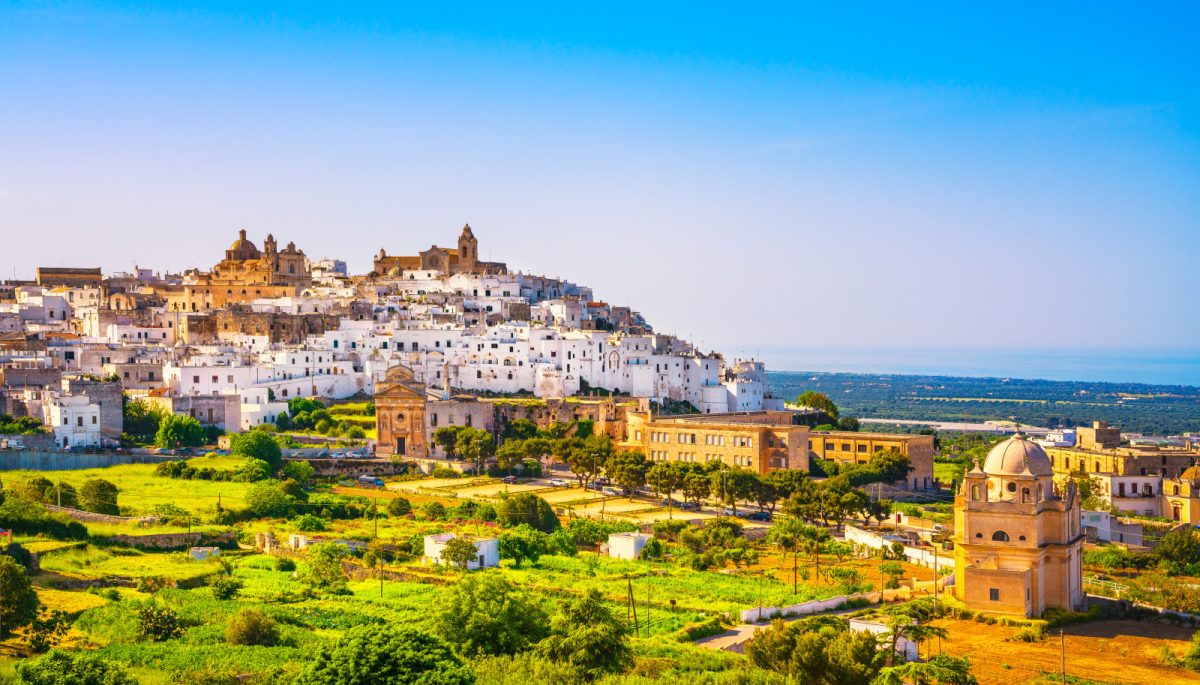
Puglia moves at a slower pace. Life here revolves around family, food, and centuries-old traditions. The region is dotted with white-washed towns like Ostuni, where narrow streets wind between sun-bleached buildings.
Olive groves stretch as far as the eye can see, producing some of Italy’s best olive oil. Locals gather in piazzas to play cards and gossip over strong coffee. Puglia’s cuisine is rustic and delicious, featuring orecchiette pasta and fresh burrata cheese.
Beach life is big here, with locals and tourists flocking to crystal-clear waters. Festivals celebrate everything from wine to folk music, with the famous Notte della Taranta drawing thousands each summer.
Visitors can stay in a Masseria—a converted farmhouse—for a taste of rural life. They might join in the olive harvest or learn to make pasta from a nonna. Puglia’s lifestyle is about savoring simple pleasures and connecting with the land.
See Related: Exploring Italy: A Comprehensive 3-Week Itinerary on a Budget
Accommodation and Stay
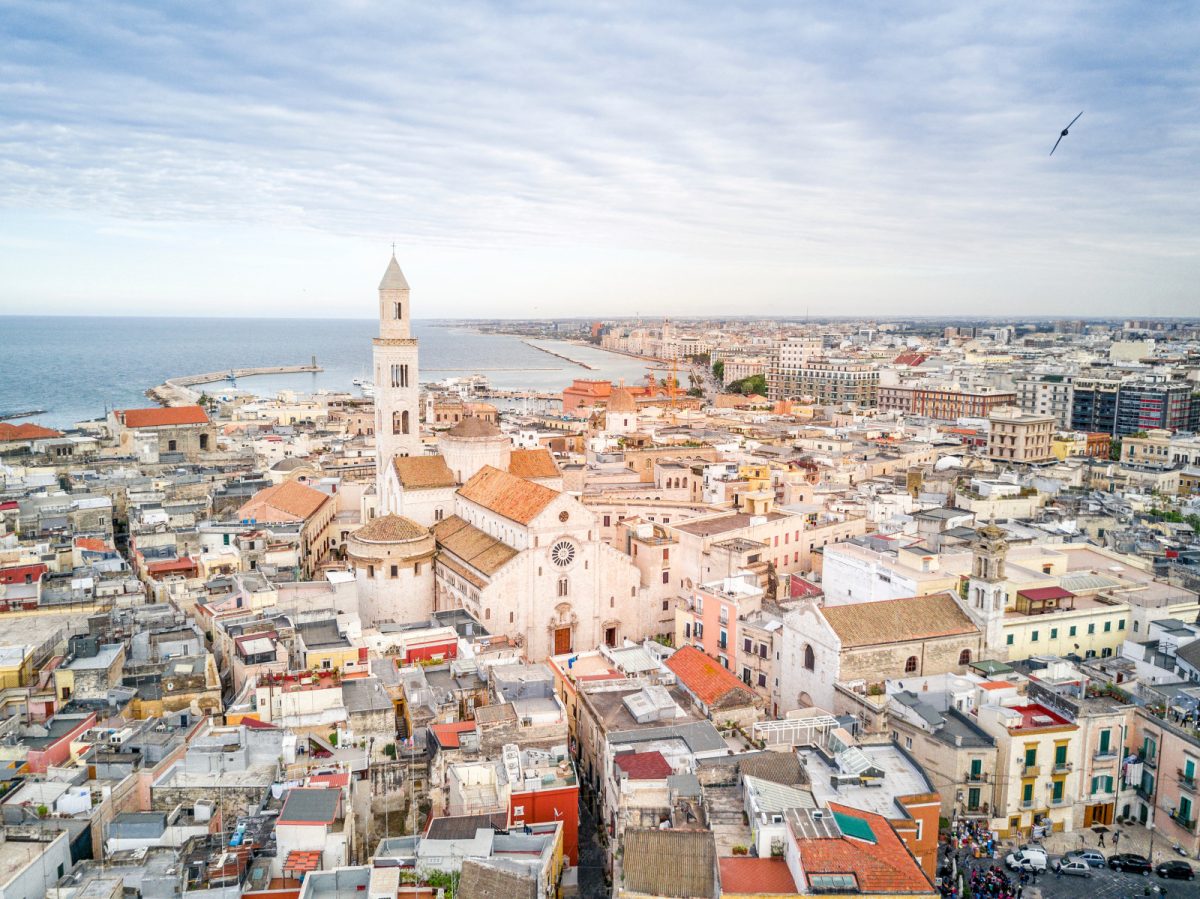
Venice and Puglia offer unique lodging experiences that reflect their distinct characters. Each region provides memorable places to rest your head, from historic palazzos to rustic farmhouses.
Staying in Venice
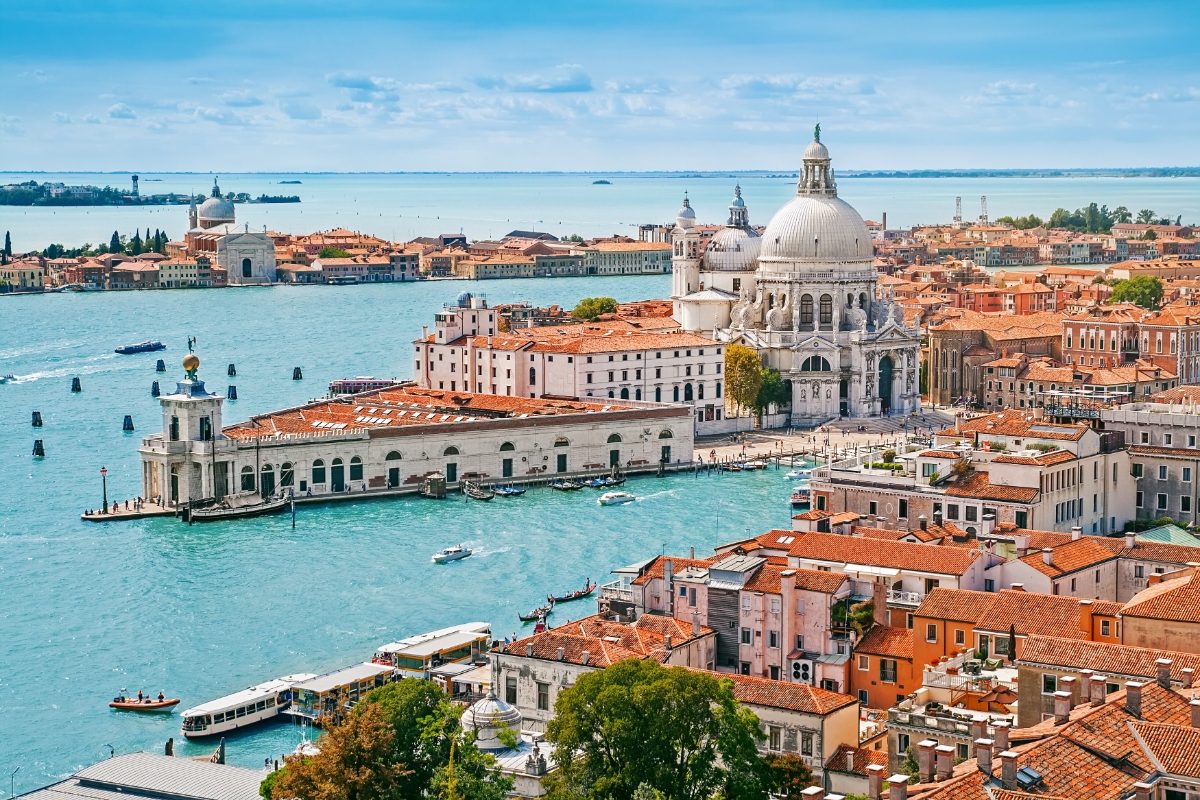
Venice’s accommodation options transport you to another era. Grand hotels line the Grand Canal, offering opulent rooms with Murano glass chandeliers and stunning water views. Prices can be steep, often €300+ per night for luxury spots.
Look to smaller hotels and B&Bs tucked away in quiet neighborhoods for more affordable stays. These charming properties give you a taste of local life. Expect to pay €100-200 per night for mid-range spots.
Renting an apartment is another great choice. It lets you live like a Venetian, if only for a few days.
Many have lovely terraces for sipping morning espresso. Apartments run about €150-250 nightly, depending on size and location.
Finding Accommodation in Puglia
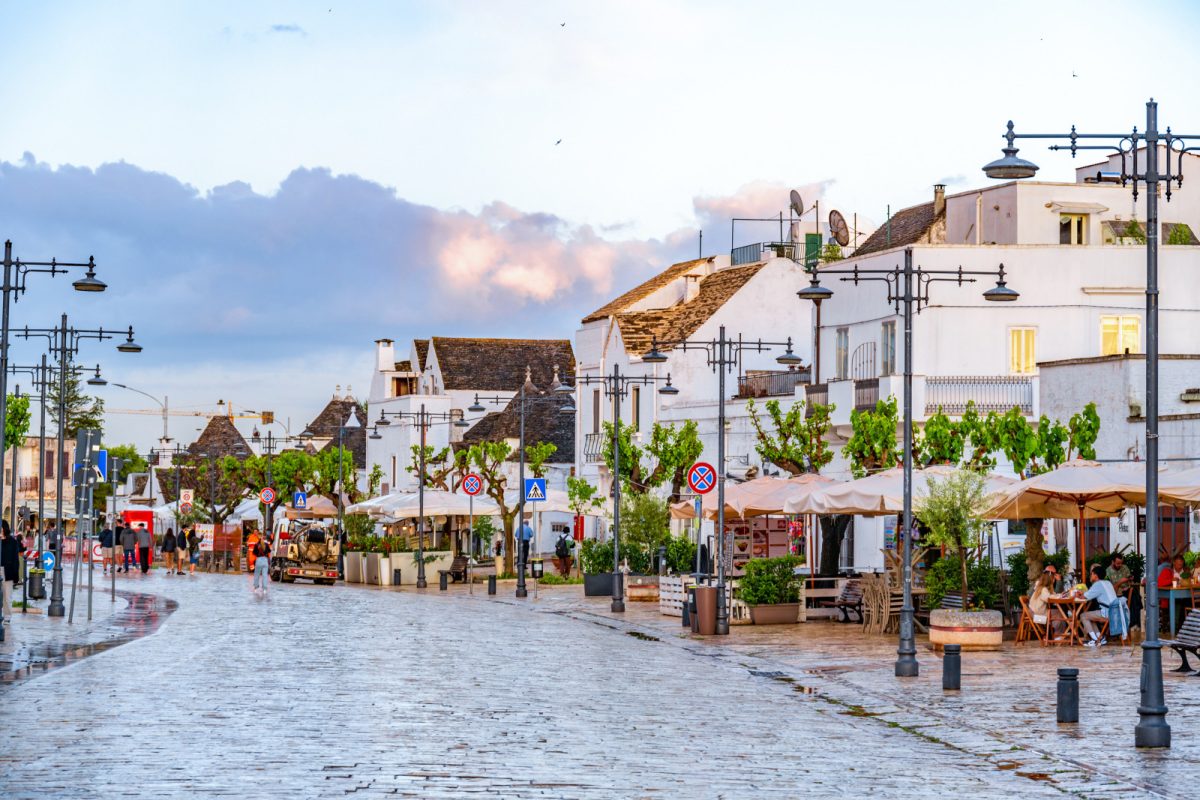
Puglia’s lodging scene is all about authenticity and rural charm. Masseria, fortified farmhouses converted to hotels, dot the countryside.
These offer a luxe agritourism experience, often with pools and on-site restaurants. Rates range from €150-400 per night.
For a truly unique stay, book a trullo house in Alberobello. These conical-roofed dwellings are now cozy B&Bs. Expect to pay €80-150 nightly for this bucket-list experience.
Hotels in Italy are plentiful in coastal towns like Polignano a Mare. Here, you’ll find everything from budget-friendly spots to upscale resorts. Prices vary widely but start around €60 in low season.
Monopoli offers lovely budget options in its old town. Family-run guesthouses give you a warm welcome for €50-80 per night.
Tourist Attractions and Activities
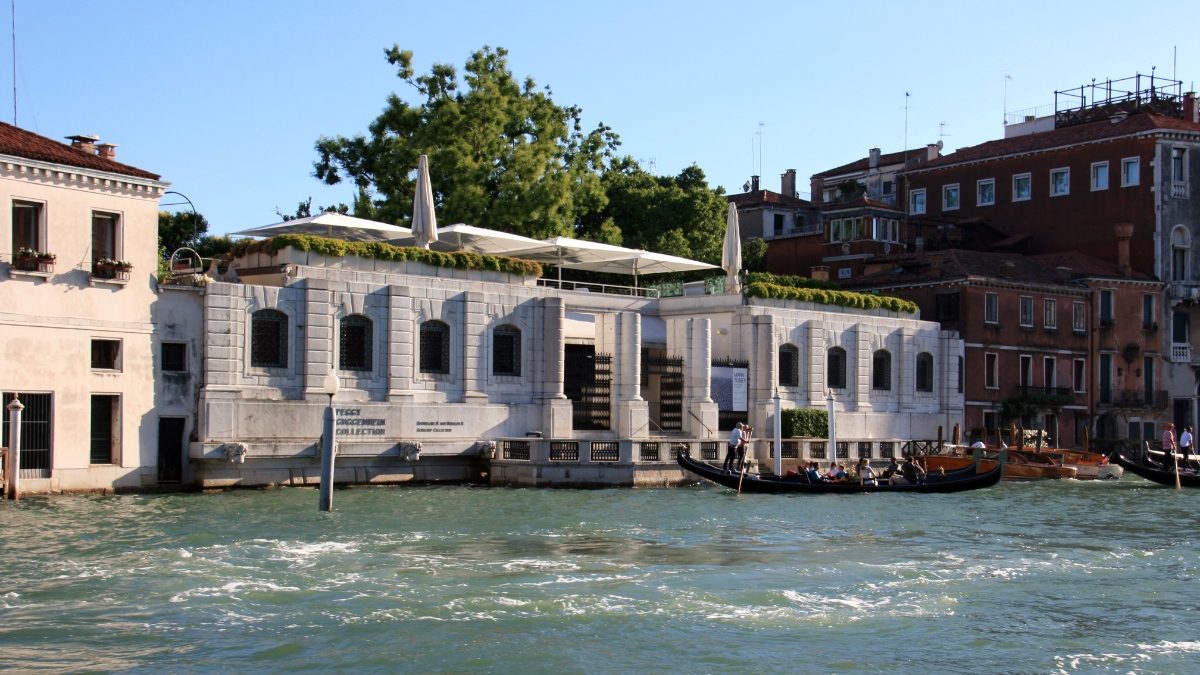
Venice and Puglia offer visitors unique experiences and sights. From iconic landmarks to hidden gems, both destinations have plenty to explore.
Venice’s Must-See Spots
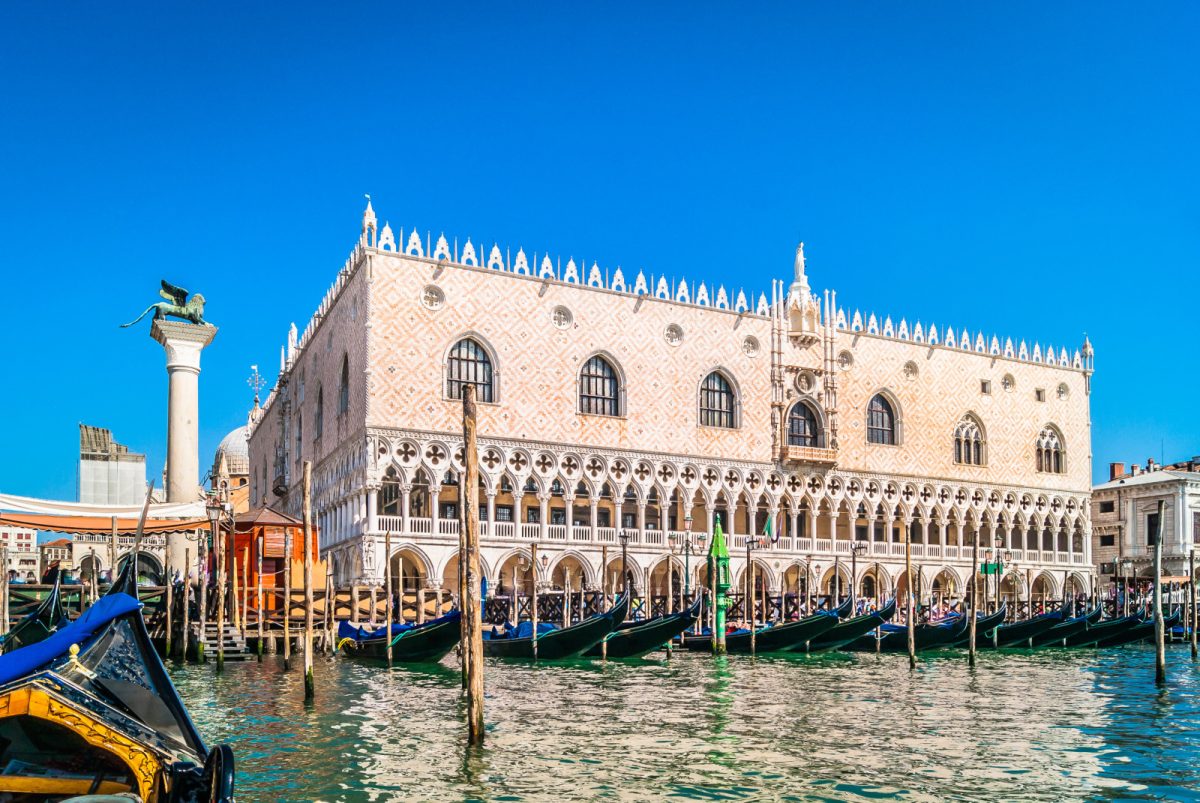
St. Mark’s Basilica is a top attraction in Venice. This stunning church showcases Byzantine architecture and glittering mosaics. Nearby, the Doge’s Palace impresses with its Gothic design and ornate interiors.
Gondola rides are a classic Venetian activity. Gliding through narrow canals, you’ll see the city from a new perspective. Prices start at around €80 for a 30-minute ride.
Another icon is the Rialto Bridge. This stone arch spans the Grand Canal, offering great views and photo ops. For art lovers, the Peggy Guggenheim Collection houses modern masterpieces in a waterfront palazzo.
Don’t miss exploring the colorful island of Burano, known for lace-making and vibrant houses.
Puglia’s Hidden Gems
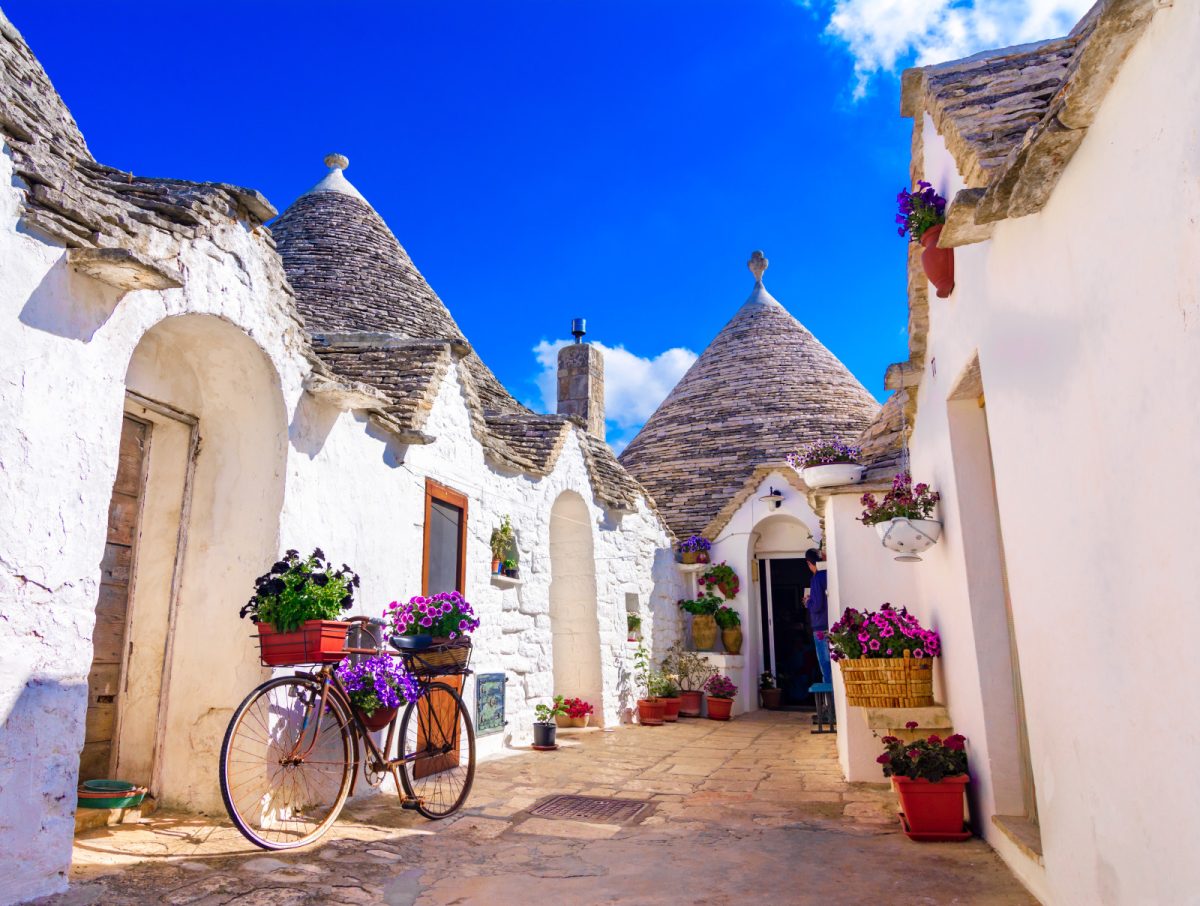
Alberobello charms visitors with its unique trulli houses and cone-roofed dwellings, creating a fairytale-like atmosphere. In Lecce, baroque architecture takes center stage. The city’s ornate churches and palaces earn it the nickname “Florence of the South.”
Beach lovers should head to Vieste. This coastal town boasts stunning cliffs and crystal-clear waters.
For a memorable meal, book a table at Grotta Palazzese. This cave restaurant offers dining with dramatic sea views.
Ostuni, the “White City,” dazzles with its whitewashed buildings. Wander the maze-like streets and soak up the atmosphere. Wine enthusiasts can tour Puglia’s vineyards, sampling local varieties like Primitivo.
Taking a cooking class is a great way to learn about Puglian cuisine. Learn to make orecchiette pasta or focaccia bread with local experts.
Regional Gastronomy
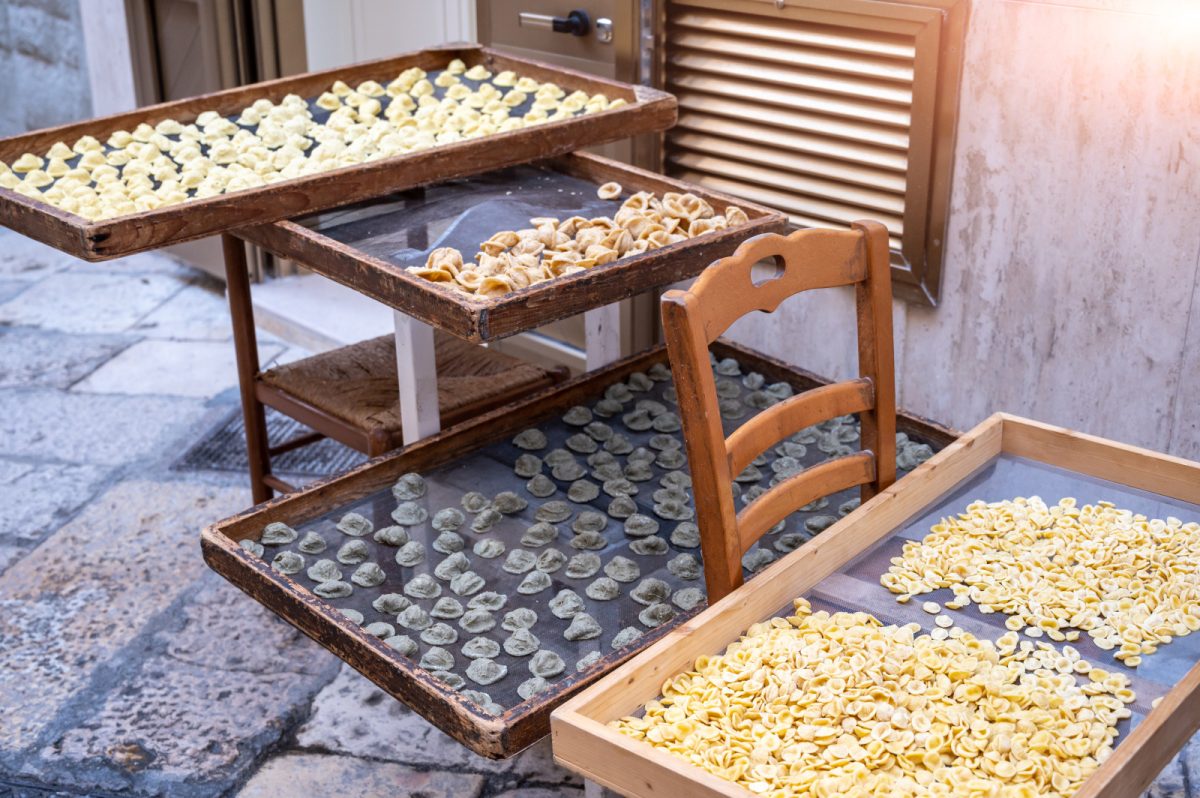
Italy’s culinary traditions vary widely between regions. Venice and Puglia offer distinct flavors and specialties that reflect their unique geography and cultural influences.
Savoring Venice’s Dishes
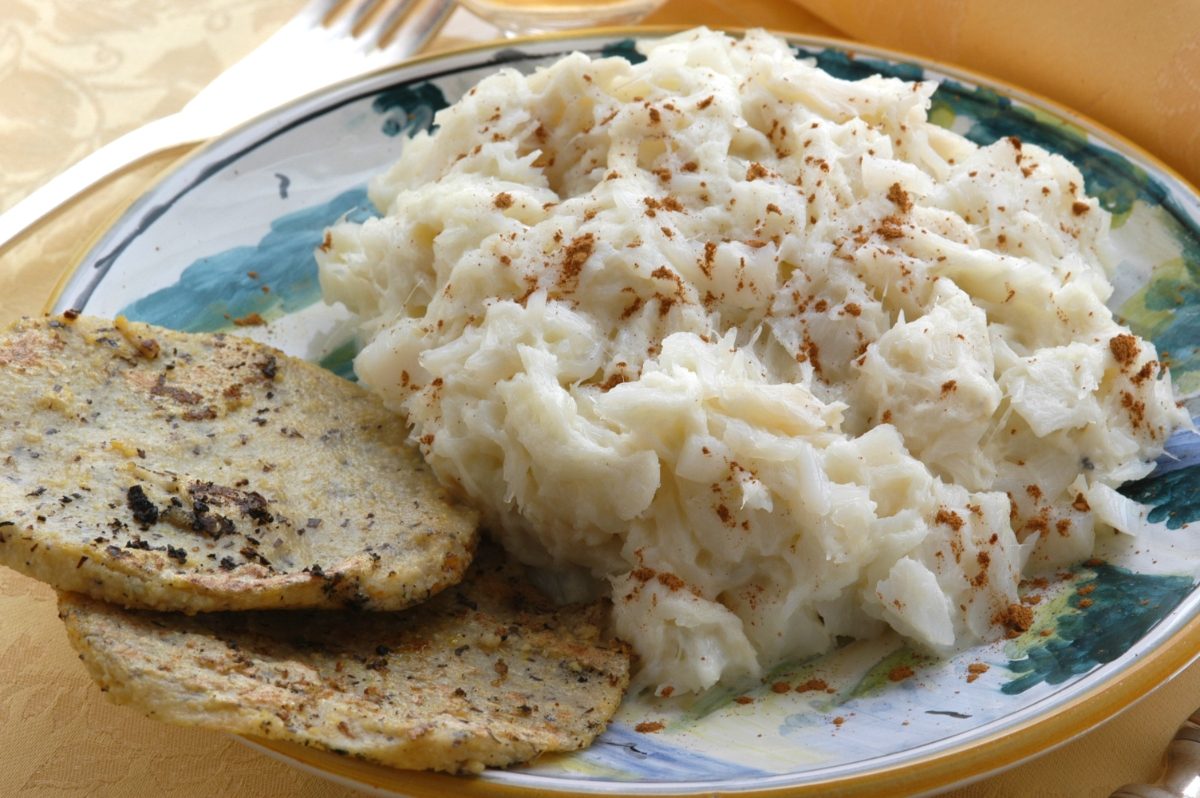
Venice’s cuisine is heavily influenced by its lagoon setting. Seafood plays a starring role in many dishes.
Baccalà mantecato, a creamy salt cod spread, is a local favorite. Visitors can try it at bacari (wine bars) for about €5-7 per serving.
Risi e bisi, a risotto-like dish with peas, showcases the city’s love for rice. It’s often available in spring when peas are in season.
For dessert, tiramisu is said to have originated in the Veneto region. Many cafes offer their twist on this coffee-flavored treat, and prices range from €4-8.
Don’t miss cicchetti – Venice’s version of tapas. These small bites pair perfectly with a spritz, the city’s signature cocktail.
Puglia’s Culinary Scene
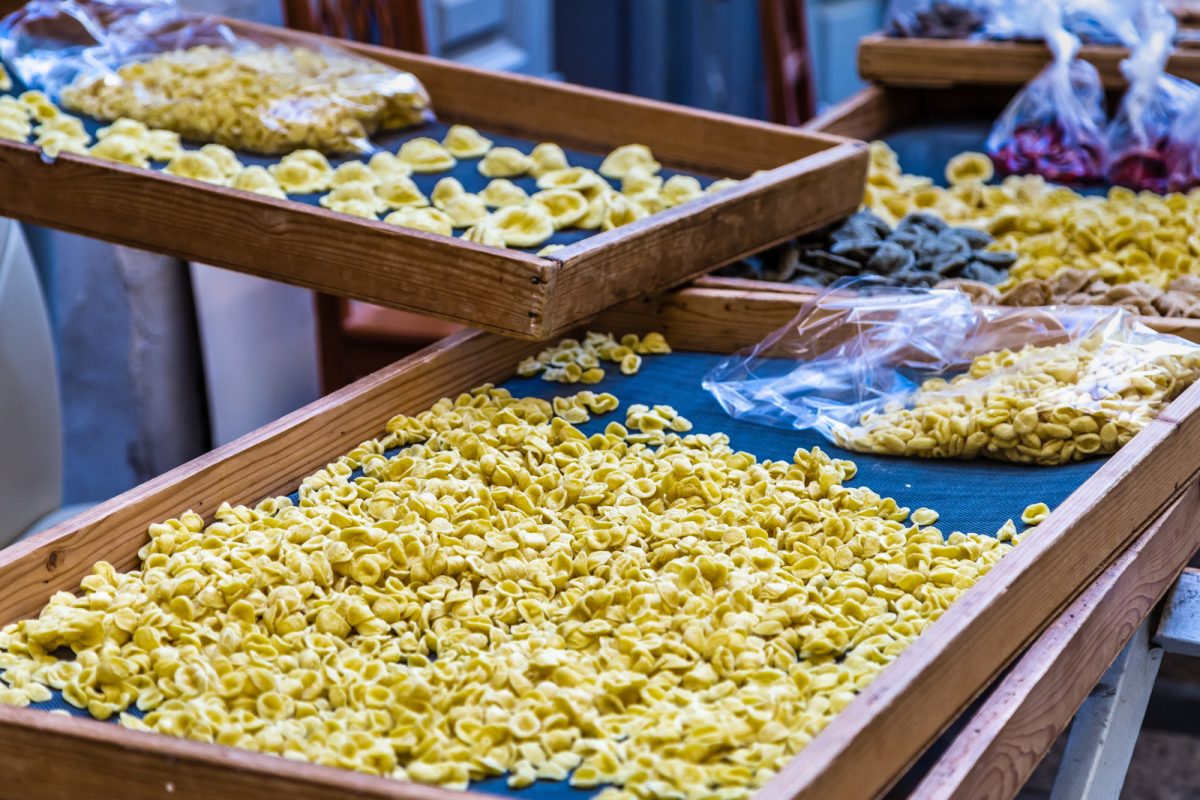
Puglia’s food is rustic and hearty, focusing on simple, fresh ingredients. The region is famous for its olive oil, which produces about 40% of Italy’s total output. Many vineyards offer tastings where visitors can sample local wines and olive oils.
Orecchiette, ear-shaped pasta, is a Puglian staple. It’s often served with broccoli rabe or a meat ragù. A plate typically costs €8-12 in local trattorias.
Seafood lovers should try crudo di mare – raw fish and shellfish dressed simply in olive oil and lemon. It’s best enjoyed in coastal towns like Bari or Polignano a Mare.
Burrata, a creamy cheese from Andria, is a must-try. It’s delicious paired with ripe tomatoes and crusty bread. Many restaurants offer it as an antipasto for €6-10.
Pasticciotto – a pastry filled with custard – is popular as a sweet treat. It’s perfect with an espresso for breakfast or an afternoon snack.
See Related: Florence vs Rome: Which Italian Gem Should You Visit in 2025?
Frequently Asked Questions
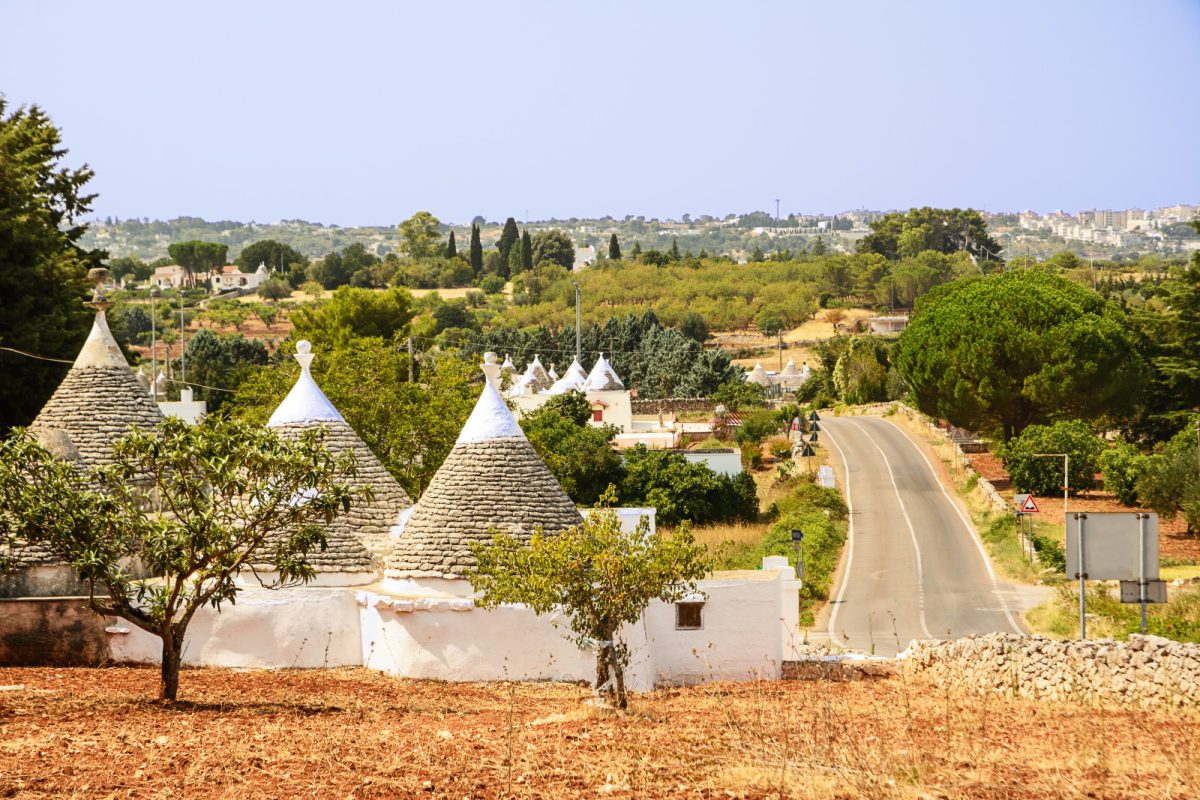
Traveling between Venice and Puglia offers many options, from scenic drives to train journeys. Here are some key things to know when planning your trip between these beautiful Italian regions.
What are the most scenic routes when driving from Venice to Puglia?
The coastal route along the Adriatic Sea is breathtaking. It winds through charming towns like Rimini and Pescara.
Inland, the rolling hills of Tuscany and Umbria make for a picturesque drive. To break up the journey, stop in Assisi or Perugia.
How does the cost of a train ticket to Puglia compare to other modes of transport from Venice?
Train tickets are often cheaper than renting a car or flying. A one-way ticket from Venice to Bari starts around €50-70.
Booking in advance can save you money. Buses are the cheapest option but take the longest.
Can you recommend the best transportation options for traveling between Venice and Bari?
The train is comfy and stress-free. It takes about 8-9 hours with a change in Bologna.
Flying is fastest at 1.5 hours, but factor in airport time. Driving gives you the freedom to explore but takes 8-10 hours, depending on stops.
What are my options for direct travel from Venice to Puglia without a car?
Take a direct flight from Venice to Bari or Brindisi. It’s quick but pricier than ground transport.
Some train routes have just one easy change. Overnight buses run this route, too, saving on a night’s accommodation.
Are there any ferry services available that connect Venice to the Puglian coast?
Sadly, no ferries run directly from Venice to Puglia. You’d need to take a ferry from Venice to Croatia, then another from Croatia to Bari. It’s a long trip, but it could be fun for boat lovers!
What should you not miss when visiting Puglia for the first time?
Don’t skip Alberobello’s unique trulli houses. The white city of Ostuni is stunning.
Beaches like Polignano a Mare are a must. Try orecchiette pasta and burrata cheese. Visit olive groves and vineyards for local flavors.

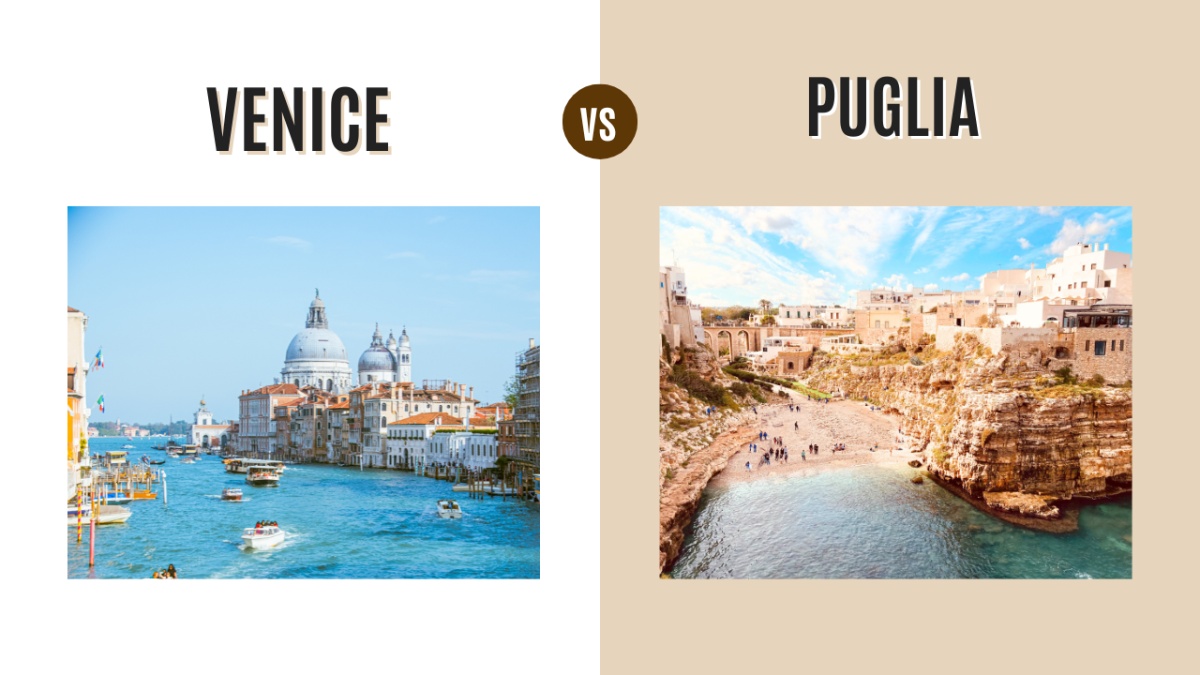
0 Comment